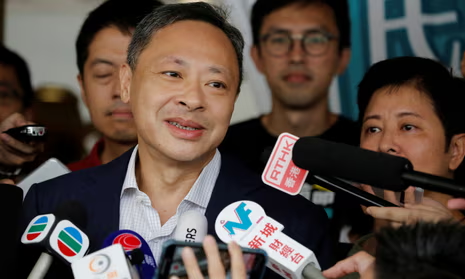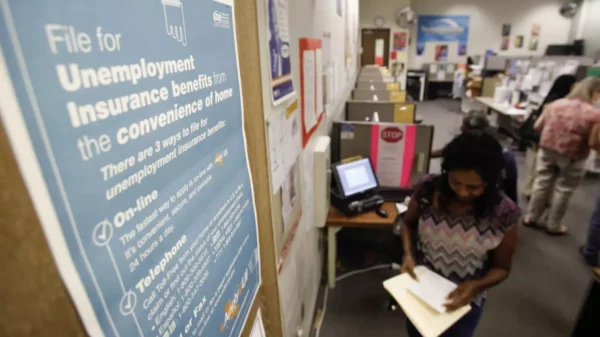Introduction
Debt can be a significant burden that affects our financial well-being and limits our ability to achieve our goals. However, with effective budgeting, it is possible to reduce and eventually eliminate debt. In this guide, we will explore the key strategies and steps to create an effective budget for debt reduction in 2024.
Assessing Your Current Financial Situation
The first step in effective budgeting for debt reduction is to assess your current financial situation. Start by gathering all your financial information, including income, expenses, and debts. This will help you understand your overall financial picture and identify areas where you can make adjustments.
Next, calculate your debt-to-income ratio, which is the percentage of your monthly income that goes towards debt payments. This will give you an idea of how much of your income is being used to service debt and help you determine if you need to make significant changes to your budget.
Creating a Realistic Budget
Once you have a clear understanding of your financial situation, it’s time to create a realistic budget that will enable you to reduce your debt effectively. Start by listing all your sources of income and then deduct your fixed expenses, such as rent/mortgage, utilities, and transportation costs.
Next, identify your variable expenses, such as groceries, dining out, entertainment, and clothing. Look for areas where you can cut back and allocate those savings towards debt repayment. Remember, every dollar counts when it comes to debt reduction.
It’s also essential to include a category for savings in your budget. Building an emergency fund will help you avoid taking on more debt in case of unexpected expenses. Aim to save at least 10% of your income, if possible.
Setting Debt Reduction Goals
Setting clear and achievable debt reduction goals is crucial to stay motivated and track your progress. Start by prioritizing your debts based on interest rates and outstanding balances. You can choose between the debt avalanche method, where you tackle high-interest debts first, or the debt snowball method, where you focus on paying off small debts first for quick wins.
Once you have prioritized your debts, set specific goals for each debt, such as paying off a certain amount or becoming debt-free by a particular date. Make sure your goals are realistic and align with your budget. Tracking your progress regularly will help you stay on track and celebrate your milestones along the way.
Implementing Debt Reduction Strategies
With your budget and goals in place, it’s time to implement debt reduction strategies. Consider negotiating with your creditors for lower interest rates or reduced settlement amounts. This can help you save money and accelerate your debt repayment.
Another strategy is to increase your income by taking on a part-time job or freelancing. The extra income can be used to make larger debt payments, reducing the overall interest paid and shortening the repayment timeline.
Additionally, consider consolidating your debts into a single loan with a lower interest rate. This can simplify your repayment process and potentially save you money on interest payments.
Staying Committed to Your Budget
Creating a budget is just the first step; staying committed to it is equally important. Regularly review your budget and make adjustments as needed. Keep track of your expenses and ensure you are staying within your allocated amounts for each category.
Find ways to stay motivated, such as visualizing your debt-free future or rewarding yourself for reaching milestones. Surround yourself with a support system that understands your goals and can provide encouragement when needed.
Conclusion
Effective budgeting is a powerful tool for debt reduction. By assessing your financial situation, creating a realistic budget, setting debt reduction goals, implementing strategies, and staying committed, you can take control of your finances and work towards a debt-free future. Remember, it may take time and effort, but with perseverance, you can achieve your financial goals in 2024 and beyond.




































